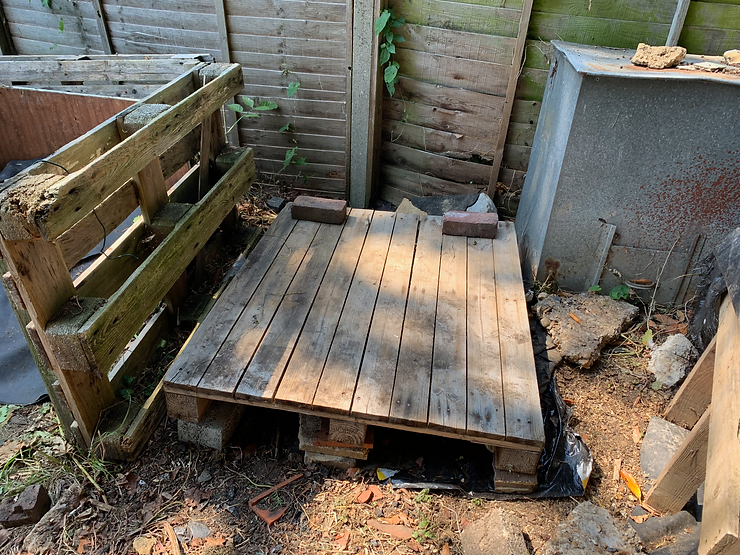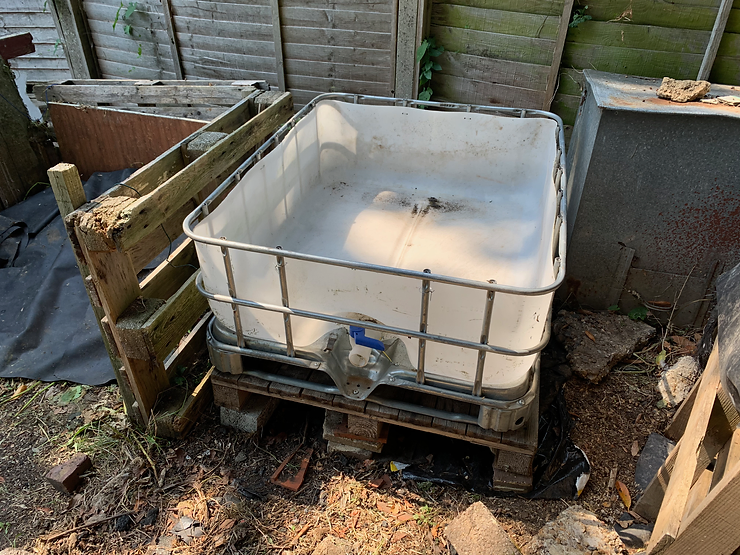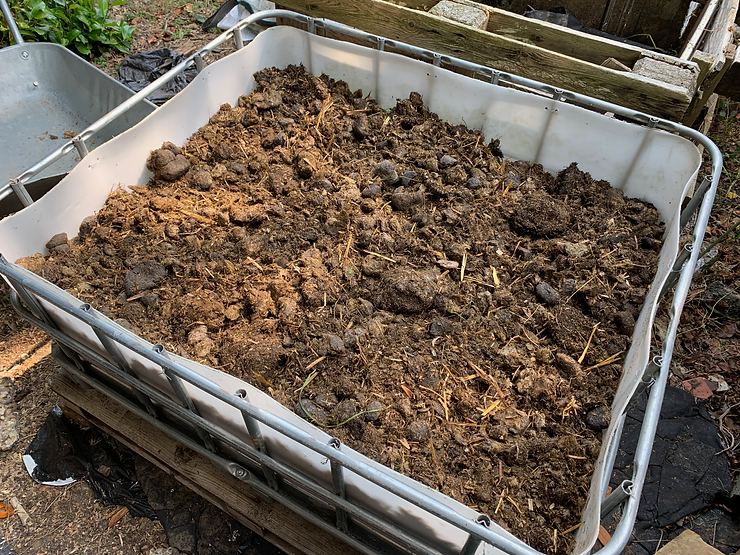Worm composting (or ‘vermicomposting’) involves worms digesting fruit and vegetable scraps to produce nutrient-rich worm castings. Yup, vermicompost is worm poo.
As the organic matter passes through the worms’ digestive tracts it picks up a load of beneficial bacteria. The microbial activity in the compost is an order of magnitude higher than in the organic matter originally digested. The mineral concentrations are also excellent – worm compost contains around 5x nitrogen, 7x phosphorous, and 11x potassium than ordinary soil. As a result, it’s a fantastic soil conditioner.
You can buy a purpose-built wormery – usually comprising a stack of plastic containers with holes in the bottom. The food scraps go in the top and, and the worm castings make their way to the bottom. The bottom container is used to catch the liquid resulting from this process – highly nutritious ‘worm juice’ that is usually diluted and used as liquid fertiliser.
These systems are too small for our needs – and we wanted something simpler. Geoff Lawton has an example of a bathtub wormery on his YouTube channel – this looked much more like it.
Here’s our version:
The wormery sits on some blocks and a pallet. This gets it to a convenient height so we can catch the worm juice in a bucket.

We had the bottom section of an IBC left over from the aquaponics build, so that goes on top, using a couple of bricks to increase the slope.

To keep the drain clear, there’s some wire mesh wrapped in weed membrane, held down with a couple of bricks.

And that’s the build done.
Now we need some base food for the worms. For that, we picked up a load of free horse manure from a field nearby. Horse (and cow) manure can be used fresh, without needing to be rotted down. Other types of animal poo are stronger – chicken poo for example could kill the worms so we can’r use that here.
The IBC is half-filled with manure.

The worms to use are composting worms, not regular earthworms. You can often find them in compost piles. There are many varieties such as brandlings, red wrigglers and tiger worms. Alternatively, you can cheat like we did and get them online. We got ours from https://www.wormcity.co.uk/. After a few days, they arrived safely by post.
Then it was time to introduce them to their new home…
So far we’ve avoided ‘worm wander’ 🙂 Watch this space for a progress update…!
